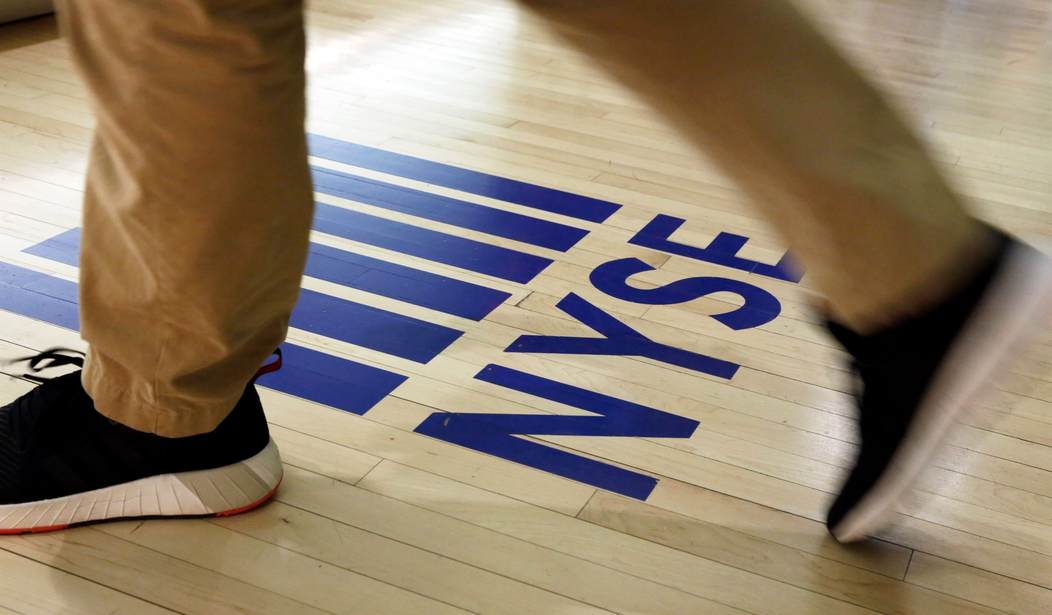While news and speculation from the oil patch dominated financial media coverage, the action in semiconductor stocks were just as encouraging. The Philadelphia Semiconductor Index (SOX) rallied 2.28% with many fan favorites enjoying even larger percentage gains.
The Index was an unstoppable rocket ship since last summer. It began to fall to earth after February 19th, along with the rest of the stock market. The index is coming off a double bottom formation, but it needs to clear 220 before it can regain that old momentum - which defied gravity and the stars were the limit.
This group was supposed to come back quickly when the narrative was about the supply chain. It was interrupted because of China. However, it’s now a demand story, but it will be resolved sooner than most, as other industries get back to normal. When you consider growth in your portfolio, chips have to be considered.

Value & Opportunity
Most of the hot growth names trade on the NASDAQ, which has seen the forward price-to-earnings (Forward P/E) ratio dip under 20 for the first time in a while. On that note, many wonder about the Russell 2000, but it’s still expensive. It’s a flawed index because the better names graduate to the Russell 1000.
Utilities (XLU) look a lot more attractive. It’s just one reason why I consider recent buying to be more than defensive per se, as a lot of investors are seeking strong yields, which they can no longer get from bonds.
Trailing | Year to Year | Forward | |
S&P 500 | 20.11 | 21.24 | 15.82 |
Dow Jones Industrials | 16.67 | 18.40 | 15.12 |
NASDAQ 100 | 22.25 | 24.67 | 19.75 |
Russell 2000 | 32.45 | 42.96 | 20.15 |
Dow Transportations | 13.15 | 17.32 | 18.19 |
Dow Utilities | 19.83 | 24.18 | 17.84 |
Recommended
Seeking Yield
Of course, these days, everyone’s financial instruments yield more than bonds. But you have to be careful chasing the yield or taking deals that are too good to be true. Hey, if you bought some of that Carnival Cruise Ship (CCL) wallpaper yesterday, at least they put their ships up as collateral (friendly warning; the cleaning, and the upkeep are onerous and expensive).
That brings me to Dow Jones Transportation (DJT) names, where the average yield has soared – I wouldn’t take the bait. I care less about the yield when it comes to the NASDAQ and the NASDAQ 100. Mixing in yield names that also have upside potential is potentially a brilliant move at this stage of the game.
Dividend Yield | Current | Year to Year |
S&P 500 | 2.41% | 1.96% |
Dow Jones Industrials | 3.05% | 2.17% |
NASDAQ 100 | 1.15% | 1.06% |
Russell 2000 | 2.15% | 1.47% |
Dow Transportations | 2.49% | 1.49% |
Dow Utilities | 3.56% | 3.16% |
Portfolio Approach
Our cash level is down to 10% of the total portfolio of 20 potential positions, as we focus on a chance to add a name with a strong dividend, but especially a strong upside potential for the stock. If you are not a current subscriber to our Hotline service, click here to get started today.
The CBOE Volatility Index (VIX), aka the (fear index), continued to pull back from levels last seen in the throes of the Great Recession. It doesn’t automatically mean the worst is over, but it’s an encouraging sign.

Today’s Session
At this point, you must wonder why the street is attempting to forecast anything. Wall Street consensus called for 100,000 job losses in March, but the official number was -701,000. A mindboggling number but not totally out of the realm of probability, considering most of the nation is shut in, and businesses large and small aren’t sure how long they can stay in business.
To see the chart, click here.
The initial market reaction is intriguing. After a knee-jerk decline, the market has stabilized; although, it I still looking like major indices will open lower, but not in direct correlation to that chart above.
Of course, this is a Friday session in the middle of the pandemic and these sessions have been difficult.

























Join the conversation as a VIP Member